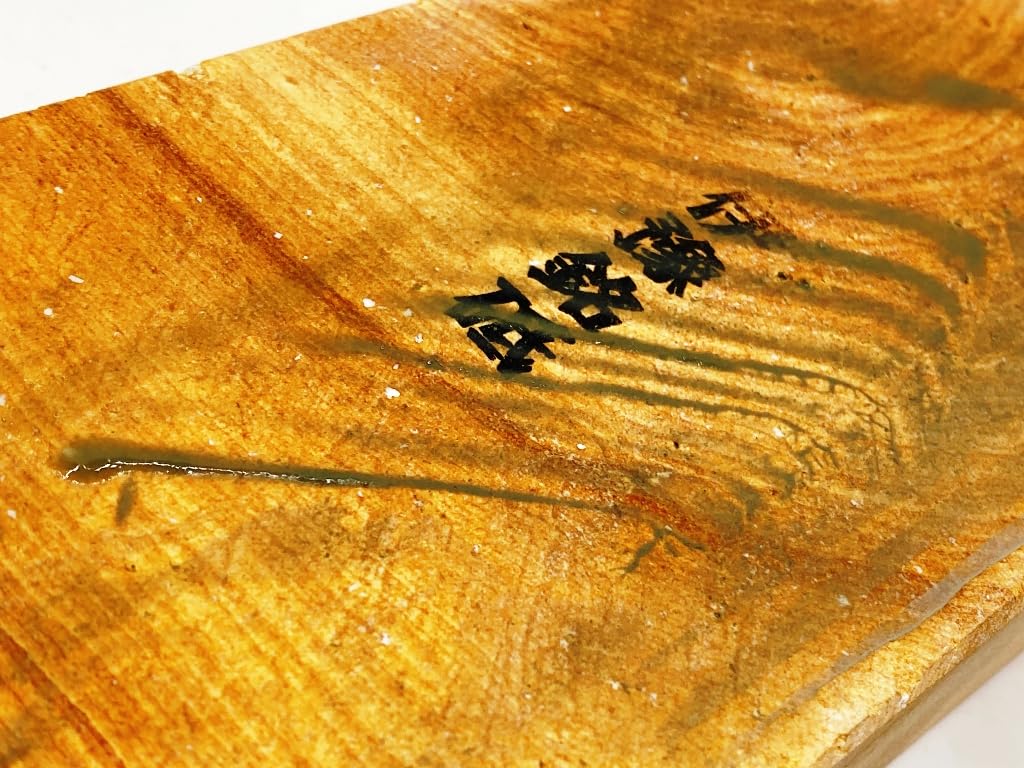----------------------------------------------------------------------
【Voltage Compatibility】
When using electrical appliances, please note that they are designed for Japanese voltage specifications (90-110V), so if you use them with a different voltage, it may cause a malfunction.
【Plug Type】
Our products use Japanese plug types (A or B type).
Please use a conversion adapter if necessary.
【Important Note on Transformers and Adapters】
A transformer adjusts voltage to match your device’s requirements.
A conversion adapter only changes the plug shape and does not adjust voltage.
Using only a conversion adapter without a transformer may result in damage to the product.
【Liability】
We are not responsible for malfunctions or damages caused by improper use, such as operating the product without a transformer.
----------------------------------------------------------------------
110 x 223 x 46 2,445g Hard
The stickiness is not strong, so you can beat it with a diamond or Nagura kake. Recommended to use in conjunction with Matera powder 60μ. The ore sorter is outside our company, and the cutting is done by diamond tombstone cutting.The grindstone labeled "Iyo Meito" is a counterfeit and unauthorized product, so we are not involved in it. Our company is the only company with the "Iyo Meito" issue from around 2007. For this purpose, the inscriptions except for the small koppa are handwritten. We are unable to respond to inquiries regarding "Iyo Meito" which is not included in our ore processing or production.
Trachymodified rhyolite from Tobe-cho, Iyo-gun, Ehime Prefecture #800~4,000 grade The harder it is, the higher the chance of fineness.
The blacker the stone, the harder and finer the stone tends to be. If it is hard, it will lose its self-sharpening ability, so depending on your purpose and level of skill, sharpen it while doing Kyonakuragake each time.
Natural whetstones from Iyo Province are said to have already been distributed in the Seto Inland Sea during the Kofun period, and are famous as masters of the whetstone industry in one of the oldest and largest igneous rock systems in the world, said to be over 1,500 years old.
Our country's precious mineral resources had the potential to completely change the nation and the nation.
The unique iron sand metallurgy, which developed due to the lack of iron ore and had a significantly lower yield, and the fact that it was the last to develop because it was located on a remote island in the Far East, were conditions that were fatal to the creation of the Iron Age civilization, almost like losing a limb.
Looking at our history and tradition, we can confirm that consumables that allow us to process harder and more tenacious iron products as we wish are our country's most famous abrasive resource.
Until the 19th century, the performance of natural whetstones dominated the development of ironware.
Despite its poor location in terms of architecture, it is home to one of the world's oldest and largest wooden buildings.
Japanese swords are the result of extraordinary skill in ironware. The world of samurai, who risked their lives on a single swing, lasted for 700 years.
Despite being a latecomer to the country, it had already invented the world's best iron products in the Middle Ages, and today it is known as a manufacturing nation.
The Iron Age lasted from prehistoric times until the middle of the Heisei era. In other words, the power to draw out iron was itself a working medium that weaved the maturation of not only manufacturing, but also culture and the nation.
The precious stone resource, which is irreplaceable and precious, and overflowing with uniqueness and truth, has pushed back against the many layers of adversity faced by iron.
If we estimate Japan's various resources based on the values of the modern era, when oil and nuclear power were of no value, we would say that Japan is a resource-rich nation.
The strength that can only be gained through the process of pushing back against lack and inconvenience adds depth to history and tradition, and lights up the soul.



























